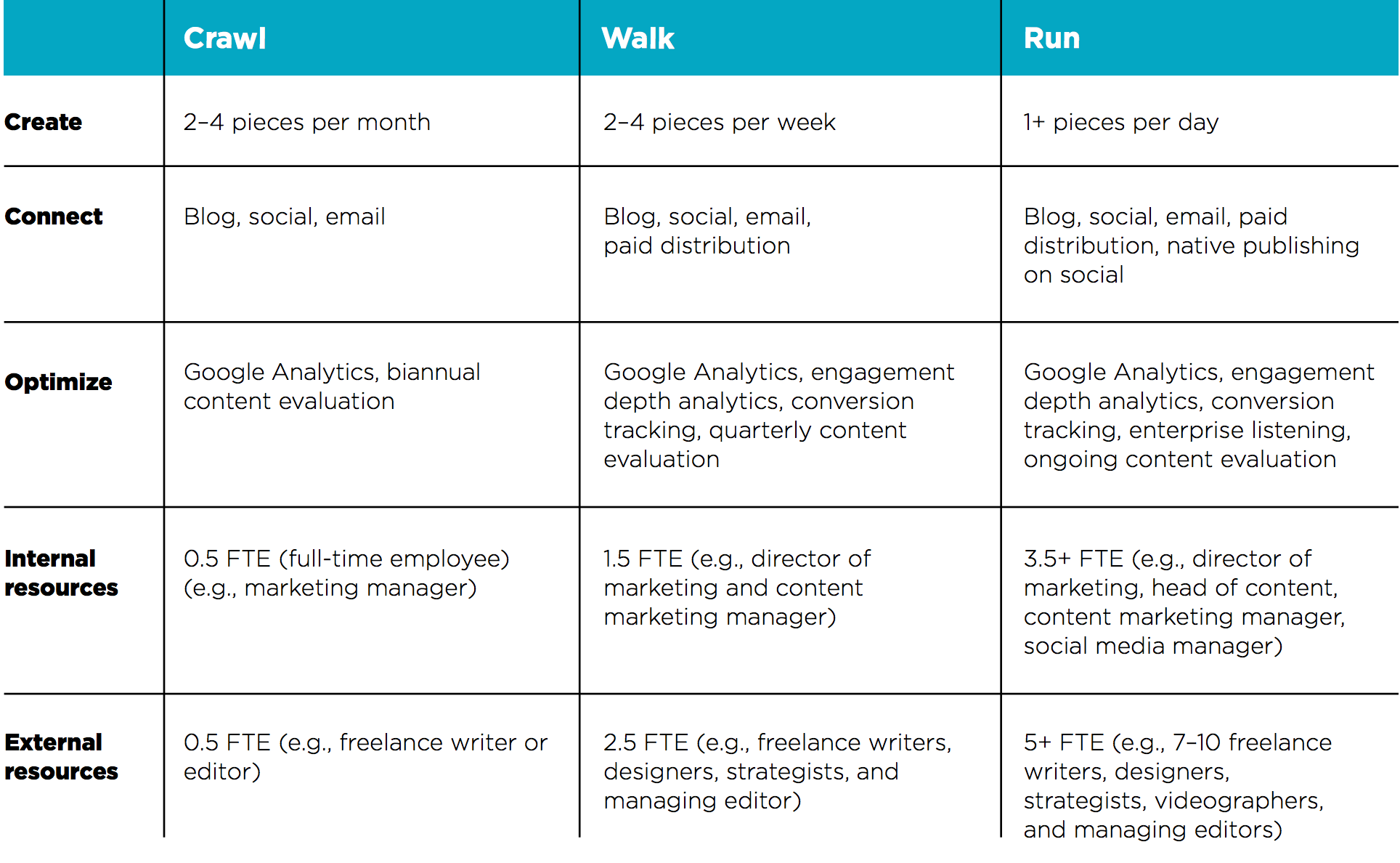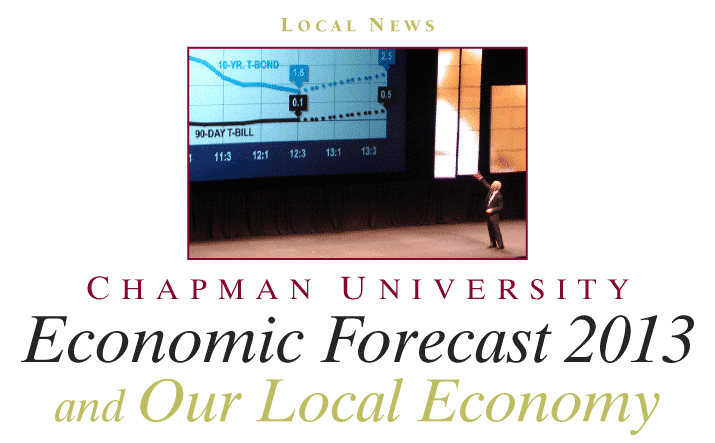Ask a Content Strategist: How Many Stories Should I Publish Per Month?
Welcome to the March edition of Ask a Content Guy, which we’re now renaming Ask a Content Strategist! It’s the same old column in which I answer your most pressing content marketing questions, except now with a name that makes a little more sense considering I’m not Bill Simmons. Like I always say: Never stop iterating, and when in doubt, go with the more SEO-friendly title.
This is a dangerous month for marketers. Finalizing budgets, surviving SXSW’s endurance test of booze, buzzwords, and barbecue. Making it through March Madness without getting fired for running a gambling ring and sports bar out of your cubicle. On top of all that, there’s a pretty good chance your CMO is about to stroll by and ask about your content calendar. Forget hiding the whiskey and stacks of cash—what the heck are you going to say?
As always, I’ve got you covered, starting with the first question of this month’s mailbag.
How much content should I actually publish? Like how many stories should be on my calendar each month? No one seems to be able to give me a straight answer.
—Jamie, London
Most content marketers struggle with this question. I still remember my first meeting with Sam Slaughter, Contently’s VP of content. A day after Sam hired me to run this blog, we were going over the content strategy one-sheeter he’d asked me to put together. Almost immediately, we got into an argument over how much we should publish. I proposed three pieces per day. He disagreed, countering with one story per day.
“One piece a day?” I shrieked. I’d just spent three years running a news site, The Faster Times, that published over 30 pieces every day. (Half of them were crap, but still.) One piece per day seemed insane.
After another 20 minutes of negotiation, Sam agreed to let me publish twice a day. Before long, I was pushing out three or four stories a day and hoping he wouldn’t notice. After all, I wanted us to be a real publisher (we even launched an award-winning print magazine!), and pumping out a lot of content was part of what made you a real publisher, right?
Before long, though, I realized I was wrong. Along the way, I developed a few rules that helped dictate how much we should publish.
Rule 1: Quality trumps quantity. Plan your calendar with that in mind.
Shocking rule here, right? Still, this cliche needs to be said. Five percent of branded content gets 90 percent of all engagement. Mediocre content is pretty much useless for SEO. And it’s also detrimental to your brand.
In the early days of The Content Strategist, I was supplementing our meatier stories with a fair amount of AdFreak-style blog posts that only took me an hour or so to produce. They generated short-term social traffic but did nothing long term for our business. I could have spent that time on unique, memorable stories. I was just checking the box.
I had this epiphany one afternoon over tacos with Sean Blanda, who was then the editor of Behance’s legendary blog, 99U. Sean successfully challenged my thin logic, and soon after I focused all my attention on high-quality, original stories. Before long, our readership skyrocketed.
Rule 2: You need to publish at least enough to fill a regular newsletter.
I don’t care if you’re B2C, B2B, or B2J , which definitely doesn’t sound right but is a real term I heard used multiple times this year at SXSW. No matter your business, you should have a newsletter for your content.
As I explain here, a newsletter is often the most important aspect of content marketing. It’s the O.G. of distribution tactics—a direct line to your audience that requires few resources and can’t be sabotaged by Facebook’s or Google’s algorithm. Most lasting content marketing success stories attribute their effectiveness to the newsletter.
At minimum, you want to send a content newsletter once a month, which means you should produce at least 2-4 pieces of content per month. You’re still at the crawl stage, but at least you’re moving—and beginning to build a relationship with your target readers.
Rule 3: Be realistic about your resources.
I’m a notorious Contently loyalist. Sometimes, people point this out by mentioning that I once actually slept in the office because I was still there writing at midnight. (I also had no idea how to lock the doors and was afraid all the computers would get stolen if I left.)
What they don’t mention is the reason I was still there is because I offered to produce a half dozen new e-books in Q1 2014—in addition to running the blog. This was insanely unrealistic, and the quality of my work suffered. So did my lower back—our couches really sucked back then.
When deciding how much content to produce, I recommend following the pretty conservative chart below, which comes from our popular content methodology white paper and lays out the dedicated staff, freelance resources, and technology you need for each content marketing maturity stage.

One thing to note: Freelancers can be a really effective way to scale your efforts when you don’t have a lot of internal resources. Companies will often be much more willing to commit budget for freelance help than they are for full-time headcount. Back when I was the only full-time editor at Contently, I leaned heavily on the skilled writers in Contently’s creative talent network to produce high-quality stories that helped us build our audience. It’s a strategy that’s been incredibly effective for our clients as well.
How can I measure the result?
Milad, Tehran
I love cryptically existential questions. Measure the result of what? Our personal journeys? Our brand new buyer personas? The thousands of dollars I’ve clearly wasted on my West Village therapist over the years? I’m just going to assume you’re talking about content marketing and link to this measurement advice column before I try to quit Contently and move to the jungles of Panama again.
How will content marketing change with Facebook’s removal of “fake news” and the emergence of “alternative facts”?
-Sydney, San Diego
This is a great question—one that I could easily answer with a 3,000-word rant. But I already did that on CNBC, so I’ll keep it short here.
First, we should establish that Facebook hasn’t removed fake news; it’s still fairly pervasive, although the social network is taking steps to crack down on it. One of the good things that came from the fake news controversy, however, is that people are more skeptical about the stories they read. That’s good for media literacy.
With this in mind, brands should follow a simple rule: Don’t trick people. Don’t publish content on some unmarked microsite that hides your logo. Acknowledge the inherent bias in your stories; readers will respect you more for it. (This is your friendly reminder that The Content Strategist is the blog of a really great content marketing software company!)
If the removal of fake news changes anything, I expect us to see more good content. And I think we can all get on board with that.
Joe Lazauskas is Contently’s director of content marketing and editor-in-chief of The Content Strategist. Ask him your most pressing content marketing questions here.
























































